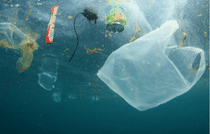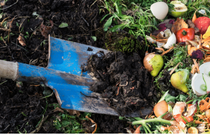Oops! We may have recycled that page.
Click here to go to the Eco-Cycle homepage.
We'd appreciate it if you'd let us know about this broken link by emailing [email protected].




We'd appreciate it if you'd let us know about this broken link by emailing [email protected].